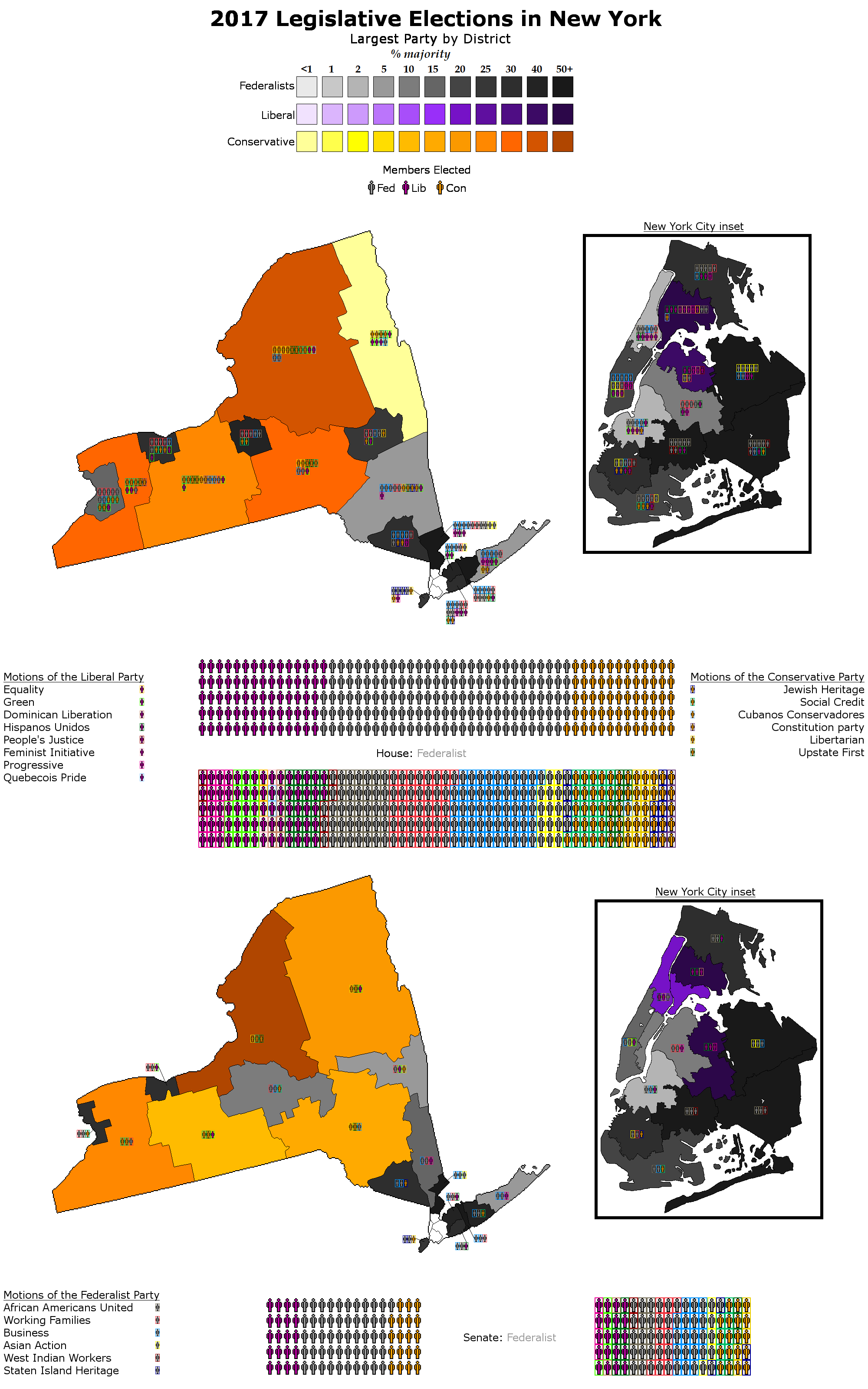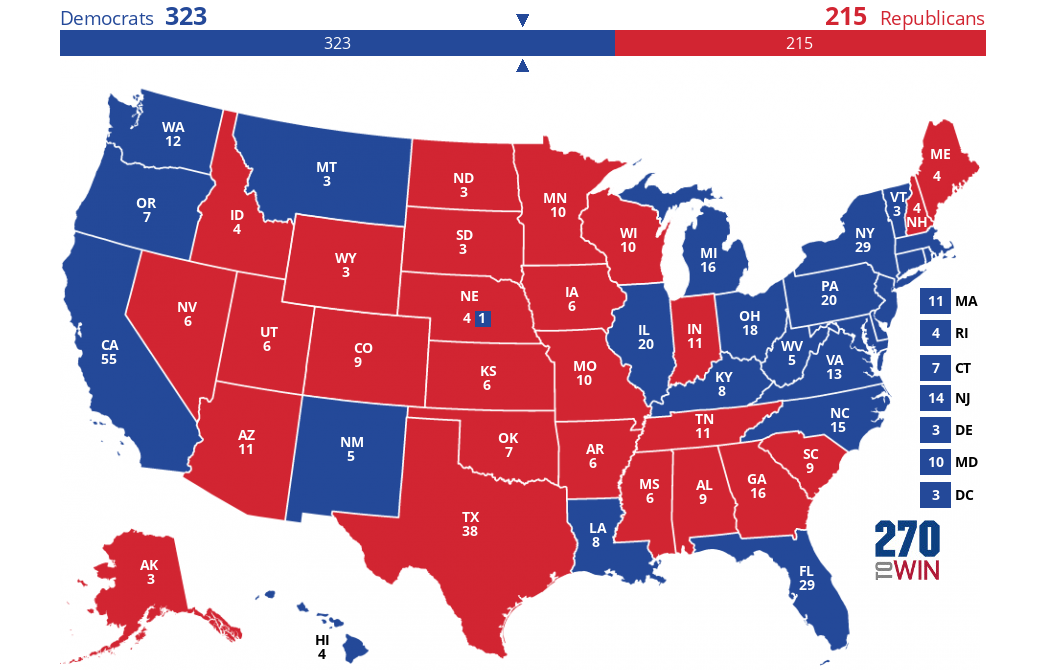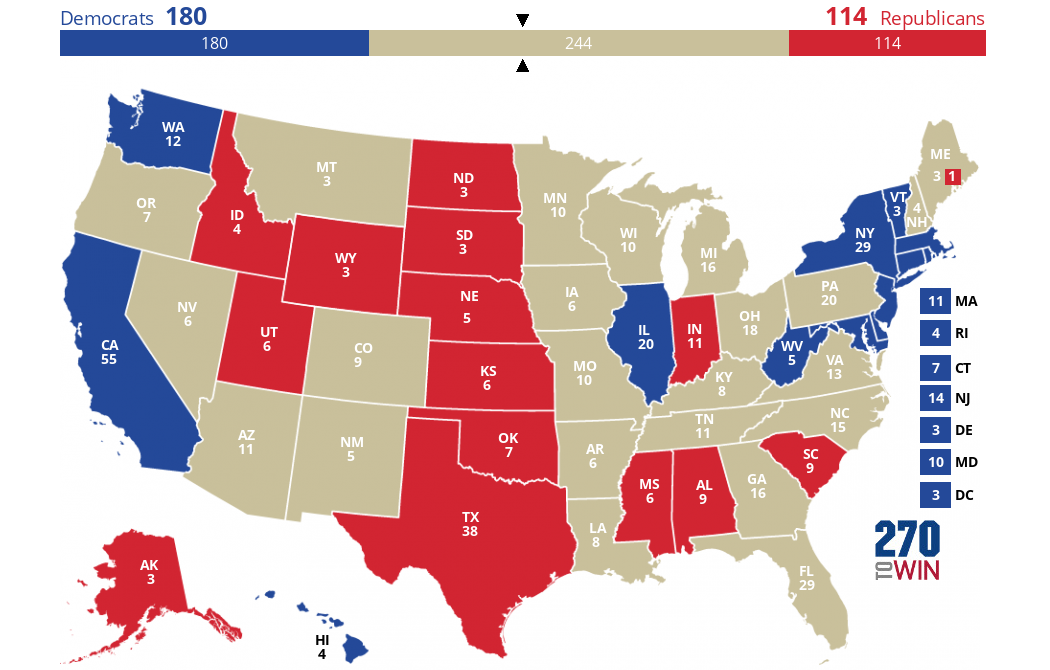MoralisticCommunist
Banned
This is the twentieth installment in my alternate American election series, which I'll being calling The Seventh Party System from now on.
The Seventh Party System: Part XX
Part I - Metropotamia
Part II - Alta California
Part III - North Carolina
Part IV - New Jersey
Part V - Adams
Part VI - Alabama
Part VII - Rhode Island
Part VIII - Sequoyah
Part IX - Assenisipia
Part X - East Florida
Part XI - Tennessee
Part XII - Kansas
Part XIII - Dakota
Part XIV - Arizona
Part XV - Delaware
Part XVI - Oregon
Part XVII - Ozark
Part XVIII - New Hampshire
Part XIX - Western Connecticut
New York possesses one of the more interesting political systems of America, and as the third most populous state of the Union, that fact is rather significant. The defining feature of the political system in New York is their electoral fusion rules which allow multiple parties to endorse one candidate, a tactic which is only still legal in New York state. However, over the centuries the New York system of electoral fusion has evolved as until it reached its current form in 1892, where there were only three major parties, the Federalists, the Liberals, and the Conservatives.
Of the three parties the Federalists, which alternate political positions between right of center to left of center depending on the times, is the natural governing party, having control over the government 90% of the time. To its left and right respectively lie the Liberal and Conservatives parties, which have near equivalent strengths. One commonality to all of these parties are their big tent natures, which each consisting of official motions which represent the factions within each of them. In practice most of these motions are connected to outside political parties which cross endorse one of the big three parties, and it is with these smaller political parties where the true power lies.
Nevertheless, most of these motions do not stay put, and often time migrate between the three parties, gauging which of the three parties is the most closely aligned to their positions. Thus while individuals act as almost tribal voters to their factions, the individual factions themselves are courted by the big three parties to try and convince them to their camp.
However voters never possess 100% loyalty to their motions, which was demonstrated by the surge of Social Credit in this year's election. While the election of 2009 was a historic victory for the Liberal, their second victory in the history of New York State, by 2011 things seemed back to normal as the motions of AAU, Working Families, and Hispanos Unidos switched back to the Federalists. Yet in this election Social Credit more than doubled their seats in the House from 11 to 23, reducing the strength of the Working Families motion greatly. Also in 2017 the Federalists suffered a defection to the left, as Hispanos Unidos switched back over to the Liberals, angry over the refusal of the Federalists to endorse the Liberal's bill to make Spanish an official secondary language in the Bronx and Queens.
As a result, the Federalists were on edge on whether they might be forced into a hung parliament, as had been the situation during the Liberal surge of 2002. Yet in the end they squeezed by on a slim majority of 142 out of 275 in the House and 51 out of 90 in the Senate. Thus the establishment was able to breathe a huge sigh of relief, happy to see the Federalist party able to continue business as usual in the Empire state.
Government:
Federalists - The natural governing party of New York, it combines the interests of Big Government, Big Business, and Big Labor into one united front. Decried by both those on the right and left as corrupt, it remains undeniable that their stable rule has allowed New York City to become the financial capital of the world. Even during the era of the National Union party, the Federalist party managed to keep their independence, winning a pledge of the National Union party to not run candidate in the state so long as the Federalists voted yes on every bill the government proposed. Thus, a tradition which endures to this day was started, with the Federalist party always voting for the government's bills in Congress as a show of national unity. And with the current political system being so fragmented, Federalist support is very much welcome in Washington.
Opposition:
Liberal - The left wing opposition to the Federalists, they have only been in government twice, once from 1904 to 1906, and again from 2009 to 2011. Created in 1892 they presented themselves an united front for left wing parties their creation signaled the start of the modern New York political system.

Credit for the basemap goes to Chicxulub.
The Seventh Party System: Part XX
Part I - Metropotamia
Part II - Alta California
Part III - North Carolina
Part IV - New Jersey
Part V - Adams
Part VI - Alabama
Part VII - Rhode Island
Part VIII - Sequoyah
Part IX - Assenisipia
Part X - East Florida
Part XI - Tennessee
Part XII - Kansas
Part XIII - Dakota
Part XIV - Arizona
Part XV - Delaware
Part XVI - Oregon
Part XVII - Ozark
Part XVIII - New Hampshire
Part XIX - Western Connecticut
New York possesses one of the more interesting political systems of America, and as the third most populous state of the Union, that fact is rather significant. The defining feature of the political system in New York is their electoral fusion rules which allow multiple parties to endorse one candidate, a tactic which is only still legal in New York state. However, over the centuries the New York system of electoral fusion has evolved as until it reached its current form in 1892, where there were only three major parties, the Federalists, the Liberals, and the Conservatives.
Of the three parties the Federalists, which alternate political positions between right of center to left of center depending on the times, is the natural governing party, having control over the government 90% of the time. To its left and right respectively lie the Liberal and Conservatives parties, which have near equivalent strengths. One commonality to all of these parties are their big tent natures, which each consisting of official motions which represent the factions within each of them. In practice most of these motions are connected to outside political parties which cross endorse one of the big three parties, and it is with these smaller political parties where the true power lies.
Nevertheless, most of these motions do not stay put, and often time migrate between the three parties, gauging which of the three parties is the most closely aligned to their positions. Thus while individuals act as almost tribal voters to their factions, the individual factions themselves are courted by the big three parties to try and convince them to their camp.
However voters never possess 100% loyalty to their motions, which was demonstrated by the surge of Social Credit in this year's election. While the election of 2009 was a historic victory for the Liberal, their second victory in the history of New York State, by 2011 things seemed back to normal as the motions of AAU, Working Families, and Hispanos Unidos switched back to the Federalists. Yet in this election Social Credit more than doubled their seats in the House from 11 to 23, reducing the strength of the Working Families motion greatly. Also in 2017 the Federalists suffered a defection to the left, as Hispanos Unidos switched back over to the Liberals, angry over the refusal of the Federalists to endorse the Liberal's bill to make Spanish an official secondary language in the Bronx and Queens.
As a result, the Federalists were on edge on whether they might be forced into a hung parliament, as had been the situation during the Liberal surge of 2002. Yet in the end they squeezed by on a slim majority of 142 out of 275 in the House and 51 out of 90 in the Senate. Thus the establishment was able to breathe a huge sigh of relief, happy to see the Federalist party able to continue business as usual in the Empire state.
Government:
Federalists - The natural governing party of New York, it combines the interests of Big Government, Big Business, and Big Labor into one united front. Decried by both those on the right and left as corrupt, it remains undeniable that their stable rule has allowed New York City to become the financial capital of the world. Even during the era of the National Union party, the Federalist party managed to keep their independence, winning a pledge of the National Union party to not run candidate in the state so long as the Federalists voted yes on every bill the government proposed. Thus, a tradition which endures to this day was started, with the Federalist party always voting for the government's bills in Congress as a show of national unity. And with the current political system being so fragmented, Federalist support is very much welcome in Washington.
- Business is the largest motion of the Federalists, representing the interests of the rich and middle class who support the Federalist model of corporate welfare. It is also the most loyal motion of the Federalist party, having never deviated from the Federalists since the Conservative Revolution of 1972.
- Labor is the second largest motion of the Federalists, which represents the interests of Big Labor. Having been infiltrated by Italians and Irish ever since the late 1800s, the party is also more socially conservative than the national Labor party, which would be it's closest equivalent on the national stage. During the historic Depression of the 2009 it switched over to the Liberal camp but has since switched back to its natural state as a motion of the Federalist party.
- African Americans United is another major motion of the Federalist party, representing the interests of the black community. This motion has some of the most tribal voters of all, with nearly 98% of black voters voting for the AAU. Thus, the Liberals and Federalists always fight over them.
- Asian Action is another key demographic for the Federalists, and while they did go over to the Conservative camp in 2009, ever since their creation in the mid 2000s they have been even more loyal than Labor to the Federalist party.
- West Indian Workers is a splinter group of the AAU, created in the 1990s when Caribbean immigrants from Trindad and Tobago in particular thought the Federalists weren't listening to their needs. However, ever since the mid 2000s they have made amends and now act almost identically to the AAU.
- Staten Islanders is currently the most conservative motion of the Federalist party, yet is also one its most loyal, being similar to Asian Action in terms of loyalty.
Opposition:
Liberal - The left wing opposition to the Federalists, they have only been in government twice, once from 1904 to 1906, and again from 2009 to 2011. Created in 1892 they presented themselves an united front for left wing parties their creation signaled the start of the modern New York political system.
- Hispanos Unidos is currently the largest motion of the Federalists, representing the interests of centrist Hispanics. This motions is one of the most wish-washing of all modern motions, having spent 50% of their time in the Federalist camp, 30% of their time in the Conservative camp, and 20% of their time in the Liberal camp. As such, they are another hotly contested demographic which all three major parties compete for.
- Green is usually the largest motion of the Liberal party, having been so since the creation of the Green party back during 1976. Representing the interests of college students, rural leftists, and most white left-wingers they are a key component to the Liberal coalition.
- Progressive represents the flip side to the Greens, with the overwhelming majority of their voters being Hispanics and ethnic minorities in general. While they were not a significant motion until the 1980s, ever since they have been another crucial part of the Liberal party.
- Dominican Liberation is a splinter group of Hispanos Unidos, created to represent the interests of lower class Dominicans. This party has grown to become as hegemonic as the AAU among those of Dominican heritage, and as such are a key demographic for the Liberal party.
- People's Justice is another ethnic based motion, for mainly Pakistanis and Arabs. The party was created after the American invasion of the United Arab Republic and remains adamantly opposed to the continual involvement of the US in their fight against Islamic terrorists in Pashtunistan.
- Feminist Initiative is a motion created in 2005 to advocate the continual advancement of women's rights. While they started out with only one representative in the House, this number has since grown to three and the party is optimistic about their future prospects.
- Equality was created in 1997 and represents the interests of the LGBT community in New York. With the state being home to the largest reported numbers of LGBT persons in the entire US, edging out even Alta California, Equality played an instrumental role in the state's legalization of gay marriage in 2010.
- Quebecois Pride is currently the smallest motion of the Liberal party, representing the interests of the French Canadian minority present in Northern New York. This party, similar to Hispanos Unidos, switches between the three major parties at will, however given its small size the motion is often neglected by the big three parties.
- Social Credit is the largest motion of the Conservative party, representing white laborers who believe that immigration brought about the Second Great Depression. A motion which more than doubled its number of seats in the House as a result of this year's election, they are very much on the rise and proclaim themselves to be the future of conservatism in New York.
- Libertarian was for the most of the 21st century the largest motion in the Conservative party, until Social Credit shook everything up in 2017. They dominate among rich and rural voters who distrust government and think that the tax rate is way too high.
- Upstate First was created back during the seventies, and proclaims to fight for the interests of Upstate New York against the tyranny of New York City. While they are politically a typical center-right party, their number one draw is their constant rhetoric against the Big Apple, thinking that both the Liberals and Federalists suck all the money out of Upstate New York to feed New York City.
- Constitution is a motion consisting of right wing Protestants who believe in a socially conservative and economically conservative government.
- Jewish Heritage is the largest ethnic based motion of the Conservatives, consisting of Orthodox Jews. Advocating for the promotion of conservative Jewish values, they are one of the leading voices for the repeal of gay marriage, alongside the Constitution party.
- Cubanos Conservadores is the second ethnic based motion of the Conservative party, consisting of Cuban-Americans. With many of these Cuban-Americans still remembering how they had to flee Cuba during the socialist revolution of 1963, their devotion to the conservative cause against any party which is close to left-wing is strong.

Credit for the basemap goes to Chicxulub.

